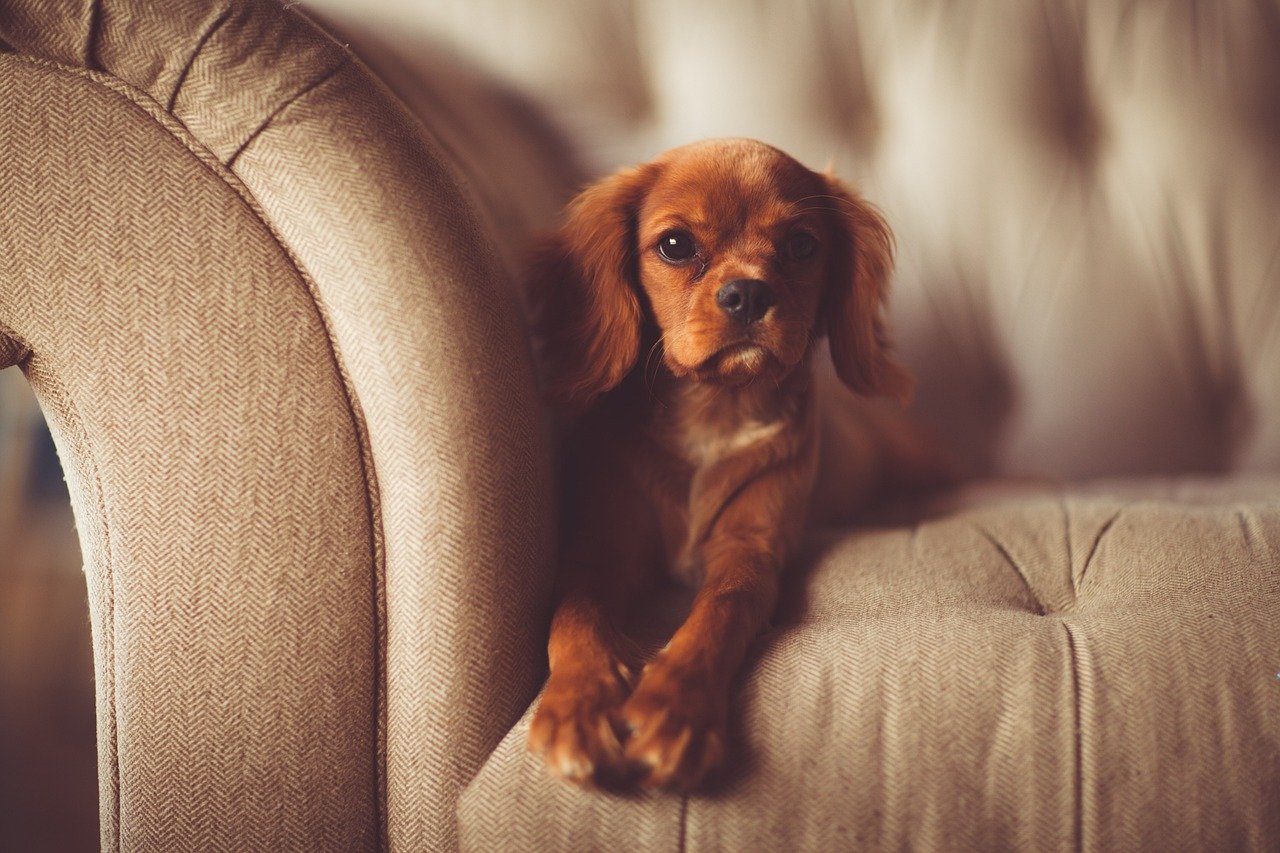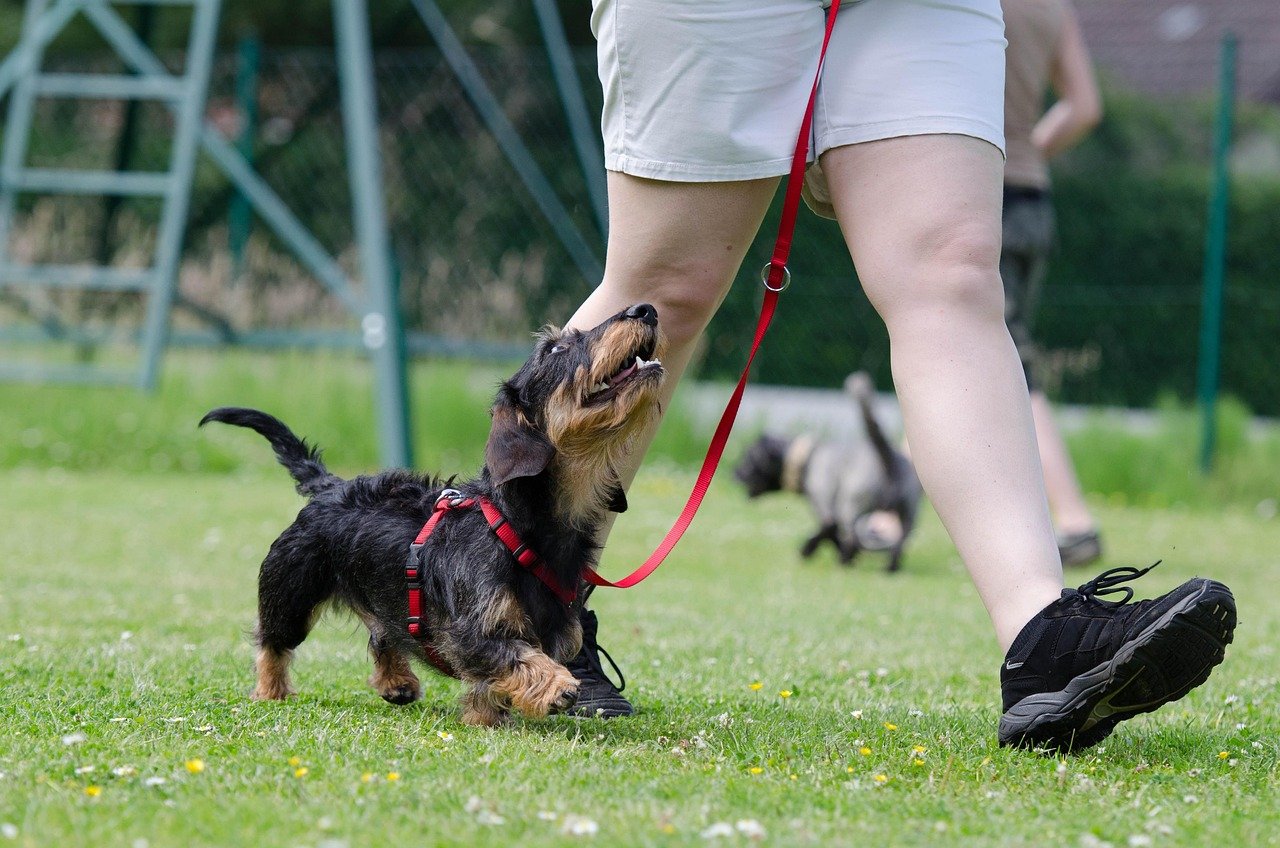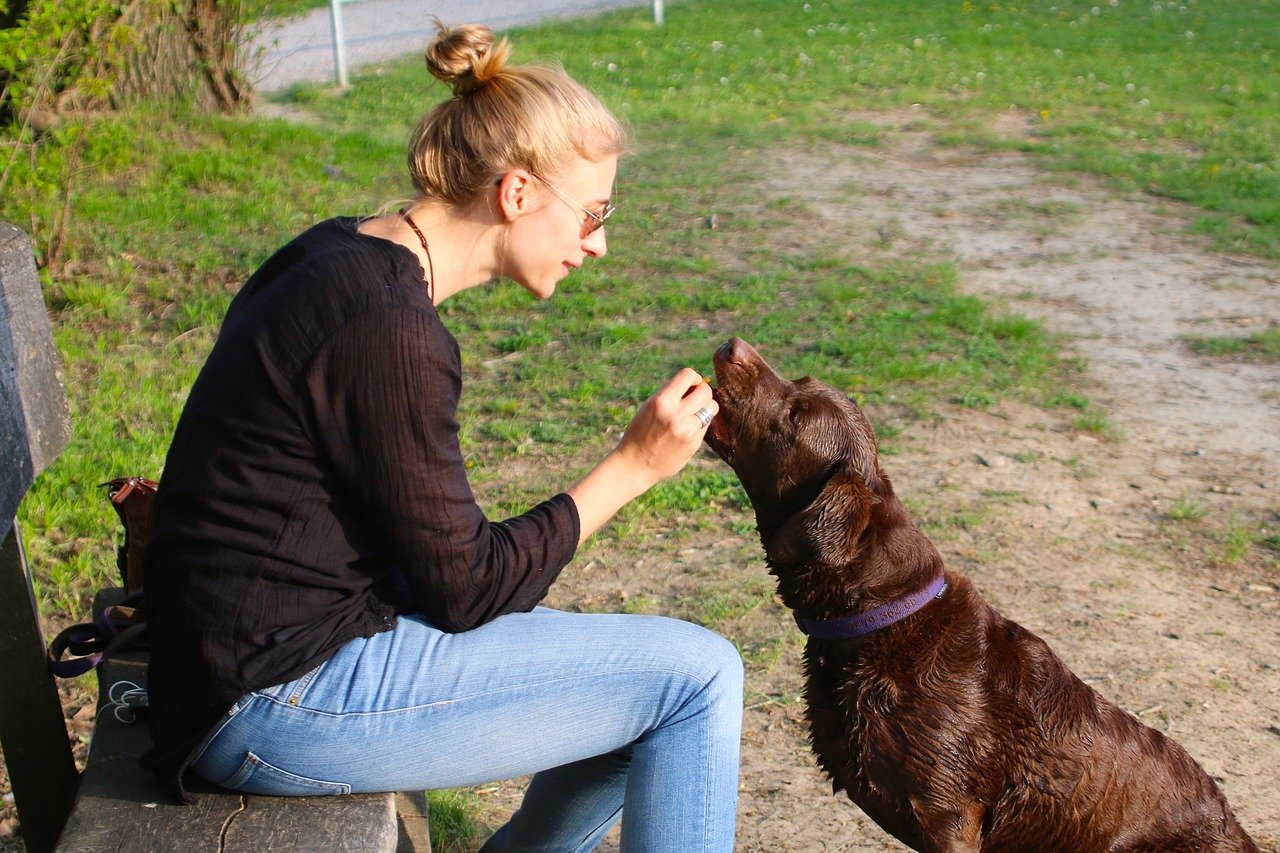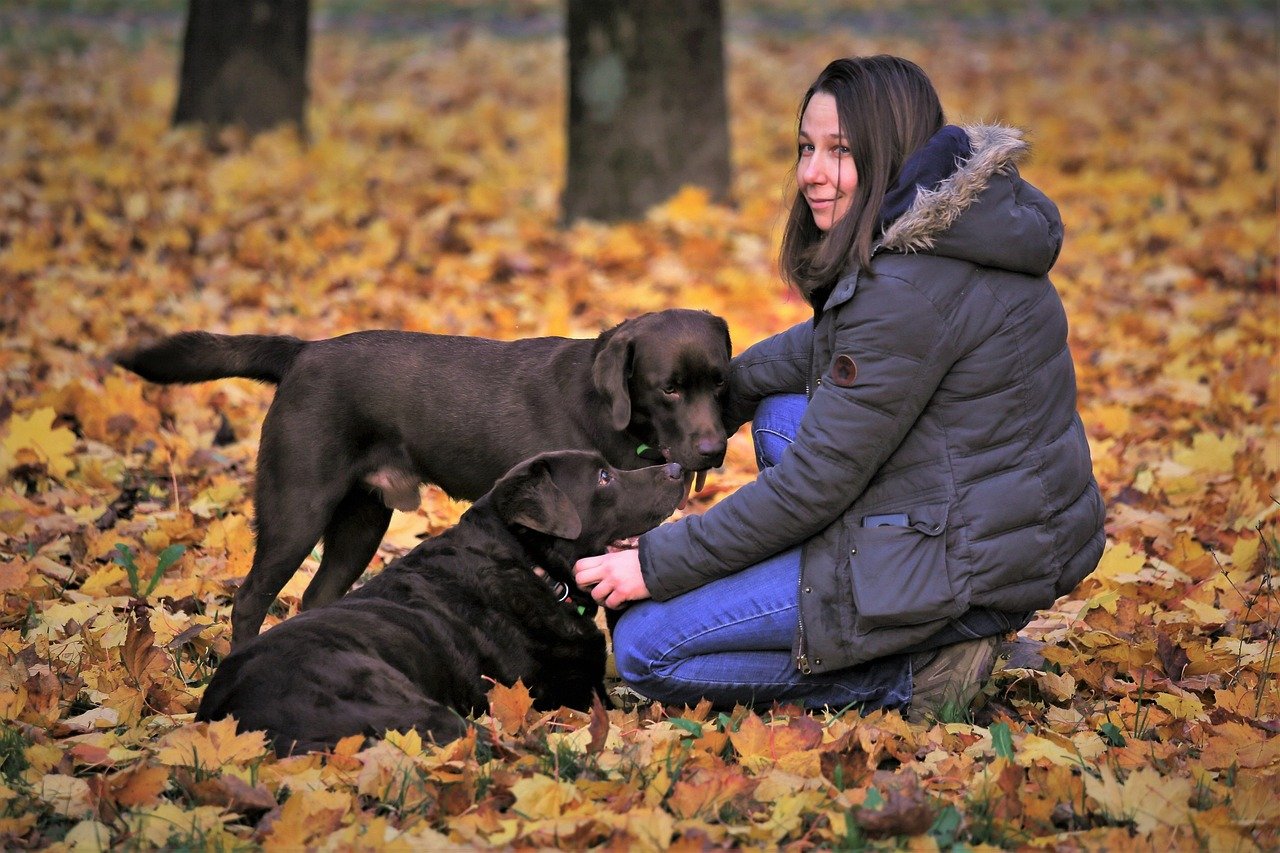Have you ever come home from a long day, only to find a wet surprise on your living room carpet? If so, you’re not alone. Indoor peeing is one of the most frustrating problems for dog owners. It can feel embarrassing, overwhelming, and even a little hopeless. But guess what? Your dog isn’t trying to upset you—there’s always a reason behind this behavior. Understanding why it happens and how to correct it can transform your relationship with your furry friend. Let’s dive deep into why dogs pee indoors and explore the most effective ways to help them kick the habit for good.
Understanding Why Dogs Pee Indoors

Dogs don’t pee inside just to make you mad. There’s almost always a reason behind it, and getting to the root cause is the first step in fixing the problem. Some dogs might not have learned where it’s appropriate to go, while others could be struggling with anxiety or a medical issue. Puppies, for example, often don’t have full control over their bladders, so accidents are common until they’re properly trained.
For adult dogs, indoor peeing could signal that something’s wrong. Changes in routine, new family members, or even a move to a new home can trigger stress, causing your dog to lose control. Some dogs mark their territory when they feel threatened or insecure, too. By observing your dog’s behavior and looking for patterns, you can start to understand what’s really going on beneath the surface.
Medical Issues: Could Your Dog Be Sick?
Before jumping to conclusions about bad behavior, it’s important to rule out health problems. Urinary tract infections, diabetes, kidney disease, and even arthritis can all make it hard for your dog to hold it in. If your dog suddenly starts peeing indoors after being housebroken, a visit to the vet should be your top priority.
Older dogs, in particular, can develop incontinence as they age. They may not even realize they’re having accidents. Watch for other signs of illness, like excessive thirst, lethargy, or changes in appetite. Getting a clean bill of health from your vet will give you peace of mind and point you in the right direction for training solutions.
House Training: Back to Basics

Sometimes, the simplest answer is the right one. If your dog never quite learned where to go, it’s time to revisit house training from the very beginning. Consistency is key here—take your dog outside at the same times every day, especially after meals, naps, and playtime. Praise them enthusiastically when they get it right.
If you catch your dog in the act indoors, interrupt them gently and take them outside immediately. Never punish them after the fact; dogs don’t connect past actions with current scolding. Instead, reward good behavior and clean up accidents quietly. A little patience goes a long way, and soon your dog will understand what’s expected.
The Power of Routine and Consistency
Dogs thrive on routine. When they know what to expect, they feel safe and less anxious. Set a regular schedule for feeding, walks, and bathroom breaks. This predictability helps regulate your dog’s bladder and gives them plenty of chances to do their business outside.
Changes in your daily routine can throw your dog off balance. If you start a new job, bring home a new baby, or even rearrange the furniture, your dog might act out by peeing indoors. Try to keep changes gradual and always provide reassurance and attention during transitions. Your calm consistency will help your dog feel secure.
Addressing Anxiety and Stress
Just like people, dogs can have emotional triggers that lead to unwanted behaviors. Loud noises, separation from their favorite human, or introducing a new pet can all spark anxiety. Some dogs express their stress by peeing indoors, which can be their way of coping with overwhelming feelings.
To help your dog, create a calm and safe environment. Offer comfort when you leave and return home calmly to avoid making departures a big deal. Toys, treats, and interactive games can help keep your dog’s mind busy and reduce anxiety. If your dog’s stress seems severe, consider consulting a professional trainer or animal behaviorist for extra support.
Cleaning Up: Why Proper Cleanup Matters
Once your dog has peed indoors, it’s crucial to clean the area thoroughly. Dogs have an incredible sense of smell, and if they detect traces of urine, they’ll be tempted to go in the same spot again. Skip the regular household cleaners and use an enzymatic cleaner designed to break down pet odors at the molecular level.
Besides preventing repeat offenses, a clean home is simply more pleasant for everyone. If the smell lingers, your dog may be convinced that the carpet is just another patch of grass. Take the time to clean up properly, and you’ll eliminate one of the biggest triggers for indoor accidents.
Positive Reinforcement: Encouraging Good Behavior

Dogs love to please their owners, and positive reinforcement is the best way to teach them what you want. Every time your dog pees outside, shower them with praise, treats, or a favorite toy. Your enthusiasm will let them know they’ve done something wonderful.
Avoid punishment or yelling if your dog has an accident. This only creates fear and confusion, making the problem worse. Instead, focus on rewarding the behaviors you want to see. Over time, your dog will learn that going outside earns them the best rewards, and indoor accidents will become a thing of the past.
When to Seek Professional Help

Sometimes, despite your best efforts, your dog’s indoor peeing habit just won’t budge. If you’ve ruled out medical issues and tried retraining, it might be time to call in the pros. Certified dog trainers and animal behaviorists have seen it all—they know how to tailor solutions to your specific situation.
Professional help can make a world of difference, especially for dogs with deep-seated anxiety or behavioral challenges. Don’t feel embarrassed or defeated; asking for help shows your commitment to your pet’s well-being. With the right guidance, even the most stubborn habits can be broken.
What would you try first to help your dog kick this surprising habit?
Jen is a passionate nature lover and ocean conservationist. She has dedicated her life to protecting the environment and preserving the beauty of the natural world. Growing up in a small coastal town, Jen sincerely appreciated the ocean and its inhabitants. She has spent countless hours exploring the shoreline, learning about the creatures that inhabit the waters, and advocating for their protection. Jen is an active member of ocean conservation organizations, and she is committed to educating the public about the importance of conserving wildlife and the natural environment.





